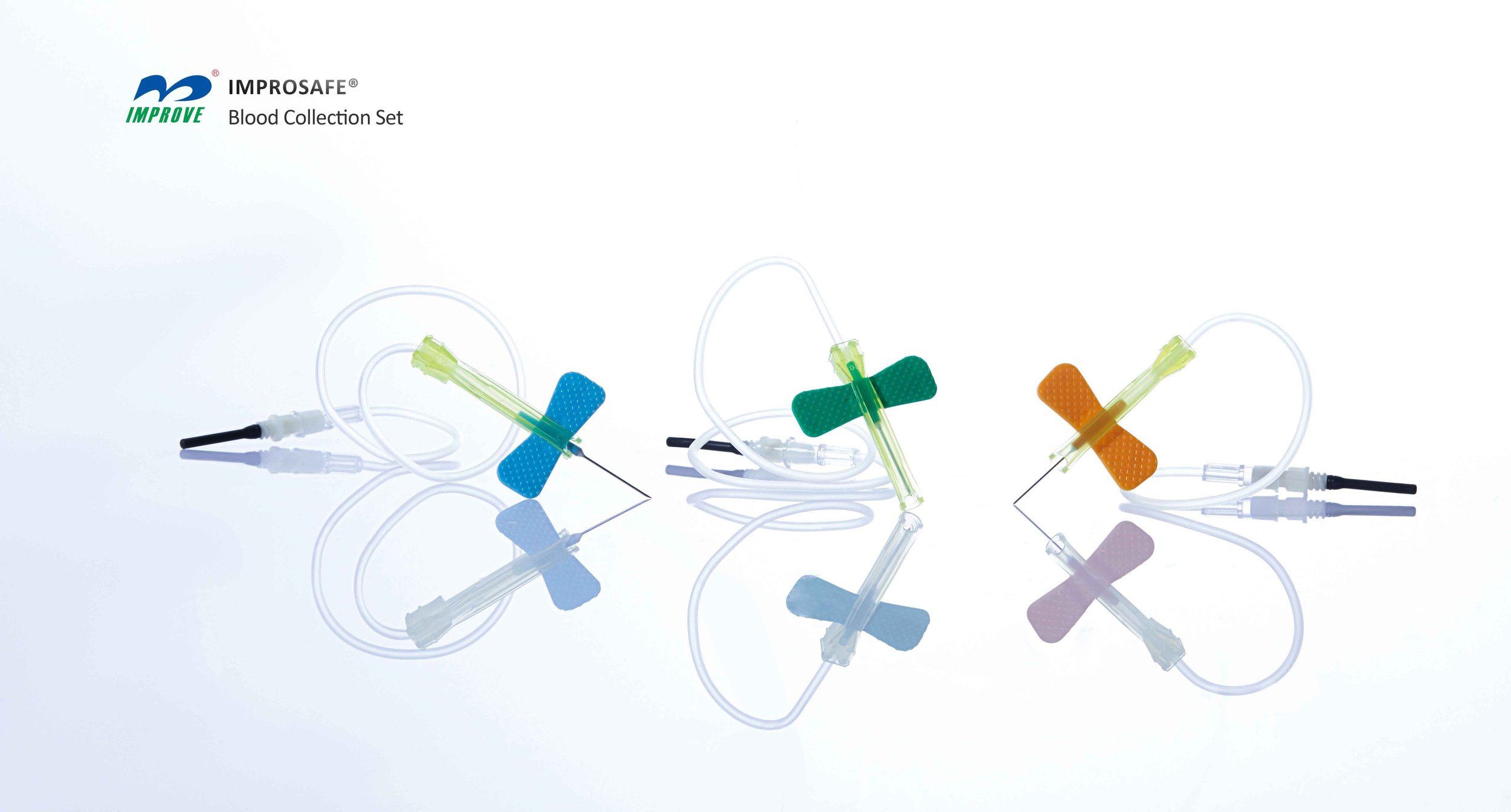The Importance of Proper Blood Sample Collection and Handling
Summary
- Proper collection of blood samples is crucial for maintaining the integrity of DNA or RNA for Genetic Testing in a medical laboratory setting.
- Phlebotomists play a vital role in ensuring that blood samples are collected and handled correctly to prevent contamination and degradation of genetic material.
- Strict adherence to established protocols and best practices is essential to guarantee accurate and reliable Test Results in Genetic Testing.
The Importance of Proper Blood Sample Collection
Proper collection and handling of blood samples are essential when conducting Genetic Testing in a medical laboratory setting. The integrity of DNA or RNA in the blood samples must be preserved to ensure accurate and reliable Test Results. Any contamination or degradation of genetic material can lead to inaccurate Test Results, which can have serious implications for patient care and treatment.
Role of Phlebotomists
Phlebotomists are trained professionals who specialize in drawing blood from patients for medical testing, transfusions, donations, or research. They play a crucial role in ensuring that blood samples are collected and handled correctly to preserve the integrity of DNA or RNA for Genetic Testing. Phlebotomists must follow specific protocols and best practices to prevent contamination or degradation of genetic material during the collection process.
Proper Collection Techniques
When collecting blood samples for Genetic Testing, phlebotomists must use proper techniques to minimize the risk of contamination or degradation of DNA or RNA. Some essential considerations include:
- Choosing the appropriate collection tubes and additives recommended for Genetic Testing to ensure the stability of genetic material.
- Ensuring a sterile collection site and using appropriate disinfectants to prevent contamination.
- Properly labeling the samples to avoid mix-ups or errors during handling and processing.
- Gently inverting the collection tubes to mix the blood with additives without causing hemolysis.
- Following correct storage and transport protocols to maintain the integrity of DNA or RNA until they reach the laboratory.
Preventing Contamination and Degradation
Contamination or degradation of DNA or RNA can occur at various stages of the collection and handling process. To prevent these issues, phlebotomists must adhere to strict protocols and best practices, such as:
- Wearing appropriate personal protective equipment, including gloves and lab coats, to prevent contamination from skin cells and other sources.
- Avoiding Cross-Contamination by using separate collection materials for each patient and changing gloves between collections.
- Handling samples gently to prevent hemolysis, which can release cellular contents that may interfere with Genetic Testing.
- Following proper storage and transportation guidelines to maintain the stability of DNA or RNA until analysis.
- Regularly monitoring and maintaining equipment used for blood collection to ensure accurate and reliable results.
Quality Control Measures
In addition to following established protocols for blood sample collection and handling, medical laboratories must implement Quality Control measures to ensure the accuracy and reliability of Genetic Testing. Some Quality Control measures include:
- Participating in Proficiency Testing programs to validate the accuracy and reliability of Test Results.
- Calibrating and maintaining equipment regularly to ensure optimal performance and accuracy.
- Following standard operating procedures and protocols for documenting and handling samples throughout the testing process.
- Training staff members on proper collection and handling techniques to minimize errors and ensure consistency in Test Results.
- Implementing corrective actions and protocols to address any issues that may arise during the testing process.
Conclusion
Proper collection and handling of blood samples are crucial for maintaining the integrity of DNA or RNA for Genetic Testing in a medical laboratory setting. Phlebotomists play a vital role in ensuring that blood samples are collected and handled correctly to prevent contamination and degradation of genetic material. Adherence to established protocols, best practices, and Quality Control measures is essential to guarantee accurate and reliable Test Results in Genetic Testing. By following these guidelines, medical laboratories can ensure the integrity of DNA or RNA in blood samples and provide patients with accurate genetic Test Results for informed decision-making in healthcare.

Disclaimer: The content provided on this blog is for informational purposes only, reflecting the personal opinions and insights of the author(s) on the topics. The information provided should not be used for diagnosing or treating a health problem or disease, and those seeking personal medical advice should consult with a licensed physician. Always seek the advice of your doctor or other qualified health provider regarding a medical condition. Never disregard professional medical advice or delay in seeking it because of something you have read on this website. If you think you may have a medical emergency, call 911 or go to the nearest emergency room immediately. No physician-patient relationship is created by this web site or its use. No contributors to this web site make any representations, express or implied, with respect to the information provided herein or to its use. While we strive to share accurate and up-to-date information, we cannot guarantee the completeness, reliability, or accuracy of the content. The blog may also include links to external websites and resources for the convenience of our readers. Please note that linking to other sites does not imply endorsement of their content, practices, or services by us. Readers should use their discretion and judgment while exploring any external links and resources mentioned on this blog.
